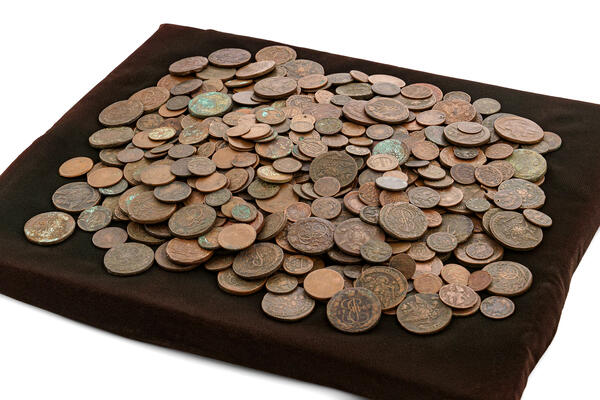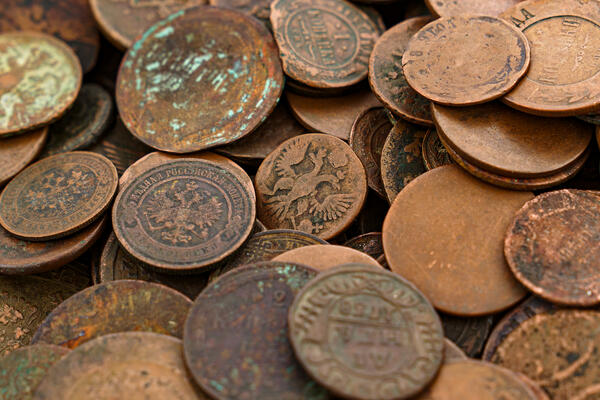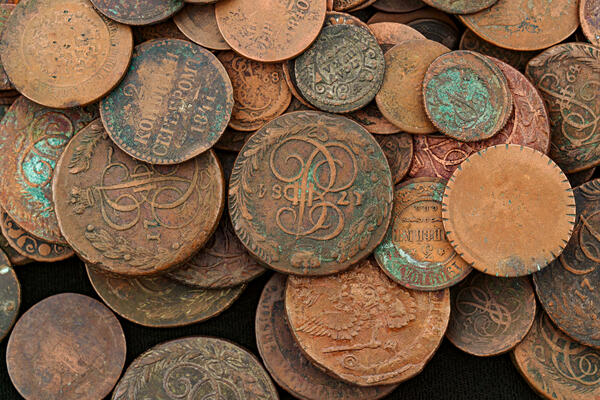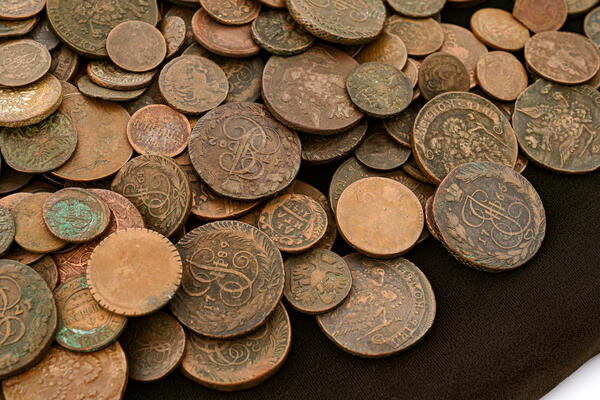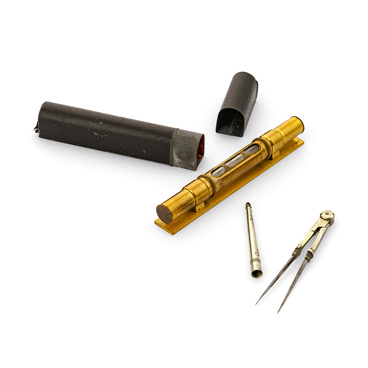In 1959, the Lipetsk Regional Museum received part of a treasure discovered in Kamenny Log, near the Transfiguration Church. It is believed that these coins once belonged to the church’s treasury and had been collected from 1727 — the times of the reign of Empress Catherine I — until 1916.
The practice of treasure hiding can be traced to ancient times and is common in many cultures. In Russia, treasures were also used as a way to keep one’s money safe. Typically, they were hidden temporarily: from enemies, criminals, household members, and servants. Later, the money was retrieved and used. Only in rare cases, the treasure remained hidden. This could happen if the owner died suddenly, was killed, or was taken captive and took the secret of the treasure with them.
Ninety percent of the coins in this treasure are whole, which is extremely rare, although most of the coins are worn out. In the 18th century, light and small silver coins were replaced by heavy copper coins. The vessels used to store the scanty savings became larger. The copper 5-kopeck coin became the most common one in circulation. As a result, the treasures of that time were heavier than before or after. A ruble was made up of a kilogram of copper since the weight of a five-kopeck coin was 50 grams. After collecting 100 rubles, a tax collector had to transport 100 kilograms of copper on their cart. Initially, coins were mainly produced in Moscow, but later new mints were opened — the Anninsky Mint in the Perm Governorate, the Yekaterinburg Mint, and the Kolyvansky Mint. Other mints included the Kadashevsky, Krasny, and Naberezhnye Chelny ones. In 1724, the St. Petersburg Mint was established in the Peter and Paul Fortress.
In the 18th century, the state coat of arms — a double-headed eagle — was depicted on coins for the first time. This coat of arms had come to Russia from Byzantium. It appeared on the seal of Tsar Ivan III (1462–1505), who had married Sophia Palaiologina, a niece of the last Byzantine emperor. For a long time, about 14 years, the copper kopeck was used alongside the old silver kopeck, until people became accustomed to the new coins.

